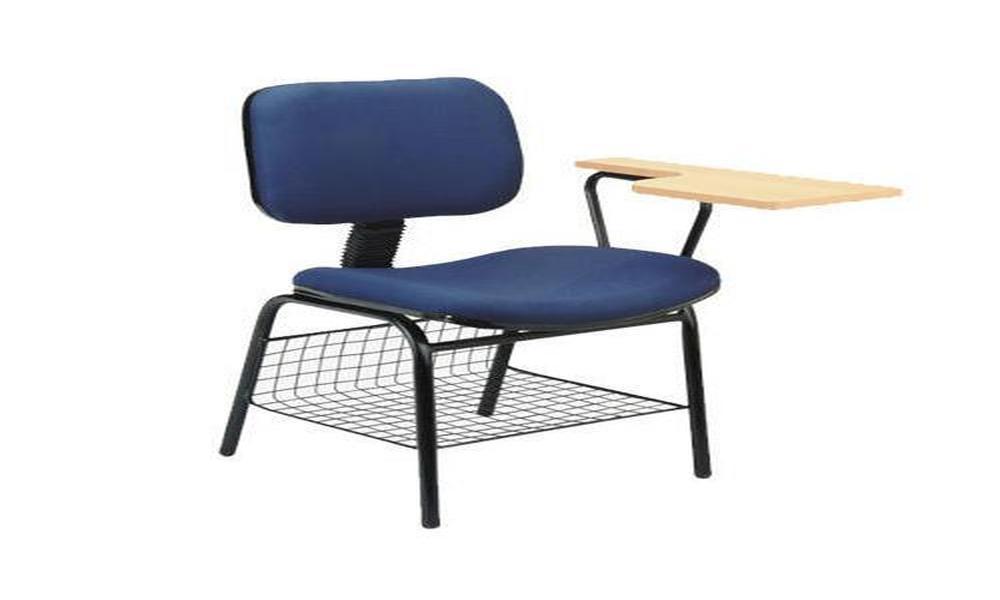Unnecessary Expense: Some people may consider investing in a sturdy chair as an unnecessary expenditure. They might argue that any chair would suffice for studying and that allocating funds towards a specific study chair is a waste of money.
Limited Functionality: Detractors might argue that a study chair sole purpose is to provide a comfortable seating arrangement for studying, which they view as limited functionality. They may believe that a regular chair or even a comfortable couch can serve the same purpose without the need for a dedicated study chair.
Preference for Alternative Study Positions: Some individuals may find it more conducive to study while sitting on the floor, using a bean bag, or adopting other unconventional positions. They might believe that the rigid structure of a study chair restricts their flexibility and hampers their ability to find a comfortable position for studying.
Negligible Impact on Performance: Some people might question the actual impact of a study chair on academic performance. They may argue that factors such as discipline, focus, and study techniques play a more significant role in determining success.
Quick and Easy Fix For Your STUDY CHAIR
Tighten Loose Screws: Inspect your study chair for any loose screws and use a screwdriver to tighten them. Loose screws can make the chair unstable and uncomfortable.
Add Cushioning: If your chair lacks sufficient padding, you can add a cushion or a seat pad for extra comfort. This can help alleviate any discomfort caused by a hard surface.
Adjust the Height: Make sure your chair is adjusted to the correct height for your desk. Your feet should be flat on the floor, and your knees should be at a 90-degree angle. If needed, adjust the chair’s height using the lever or mechanism provided.
Lubricate Moving Parts: If your chair has any moving parts that are squeaking or sticking, applying some lubricant, such as WD-40, can help to alleviate the issue.
Check Wheel Casters: If your chair has wheels, ensure they are clean and functioning properly. Remove any debris or hair that may be stuck in the wheels, as it can affect the chair’s mobility.
The Lazy Way To make STUDY CHAIR
Choose a comfortable chair: Look for a chair that provides good support for your back and has a comfortable seating surface. It could be an existing chair you already have or a chair you can purchase or borrow.
Add cushions or pillows: Enhance the comfort of your chair by adding cushions or pillows to support your lower back, neck, and arms. This will help you maintain a relaxed and comfortable posture while studying.
Adjust the height: Ensure that the chair’s height is adjusted to a level that allows you to sit with your feet flat on the floor and your knees bent at a 90-degree angle. This will help reduce strain on your back and promote better blood circulation.
Arrange your study materials: Place a table or desk next to your chair where you can keep your books, laptop, or other study materials. Having everything within reach will make it easier for you to study without having to constantly get up or stretch.







